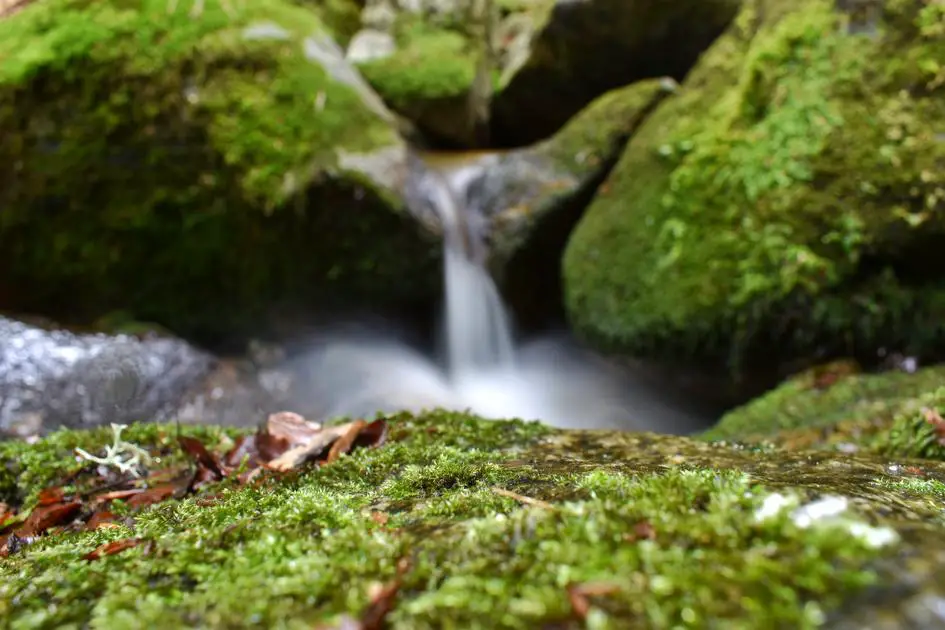Everyone has seen algae in some form or another, whether it’s the green growth in a pond, a fish tank, or the vibrant corals of a reef. But have you ever wondered what happens to algae when they die? In this article, we’ll delve deep into the life cycle of algae, exploring their different forms, growth stages, and, most importantly, what happens to them when they meet their end.
Does algae turn white when it dies? The answer is, it depends on the type of algae. While some types of algae may appear to change color or lose pigmentation upon death, others may not show any visible change. Let’s explore this mystery further and understand what happens to algae throughout their life cycles.
As we dive deeper into the world of algae, you won’t want to miss any of the fascinating details we’re about to uncover. So, let’s embark on this journey to learn more about algae and unravel the enigma of their very existence.
Algae Basics
What is Algae?
Algae are a diverse group of aquatic organisms that have the ability to perform photosynthesis. They can be found almost everywhere on Earth – from oceans and lakes to damp soil and the bark of trees.
Types of Algae
Algae can be categorized into various groups based on their color, cell structure, and habitat. The main types of algae are:
- Green algae
- Red algae
- Brown algae
- Golden algae
- Diatoms
Algae Growth Stages
Understanding the life cycle and growth stages of algae is essential for knowing when they might turn white. Algae may undergo the following growth stages:
- Inoculation – introduction to a new habitat
- Lag phase – adapting to the new environment
- Log phase – rapid growth
- Stationary phase – growth rate slows down as nutrients deplete
- Death phase – algae population declines
Death and Decomposition of Algae
Factors Affecting Algae Death
When algae die, various factors come into play that can affect their appearance:
- Type of algae
- Environmental conditions
- Presence of other organisms
- Nutrient availability
- Constraints on the growth
The Turner’s White Algae Phenomenon: An Exception to the Rule
The Turner’s White Algae is a unique form of green algae that turns bright white upon death. This phenomenon doesn’t apply to all types of algae, and only a few species exhibit this characteristic.
Algae Decomposition and Its Impact on the Ecosystem
Role of Decomposers in Algae Decay
When algae die, they start to decompose, thanks to the help of many decomposers such as bacteria, fungi, and protozoans. These microscopic organisms feed on the dead algae, breaking them down into simpler substances that can be used again by other organisms in the ecosystem.
Effects of Algae Decomposition
Algae decomposition plays an essential role in nutrient cycling, as they release valuable nutrients into the environment. These nutrients can be utilized by other organisms or contribute to the growth of new algae populations. However, excessive decomposition can lead to oxygen depletion and affect aquatic life negatively.
FAQs
- Does algae turn white when it dies?
Only certain types of algae, like the Turner’s White Algae, turn bright white upon death. The color change depends on the type of algae and the factors affecting their decay. - What factor contributes most to the color change in algae when they die?
The type of algae plays a significant role in determining the color change during decomposition.
- Do all types of algae turn white when they die?
No, not all types of algae turn white when they die. The phenomenon is observed only in specific species like the Turner’s White Algae.
- How do decomposers help break down dead algae?
Decomposers like bacteria, fungi, and protozoans feed on the dead algae, breaking them down into simpler substances that can be used again by other organisms in the ecosystem.
- Why is algae decomposition essential for the ecosystem?
Algae decomposition plays a crucial role in maintaining the nutrient balance in the ecosystem by releasing valuable nutrients back into the environment.
In conclusion, we’ve unraveled the mystery of whether algae turn white when they die. While certain species like the Turner’s White Algae change color upon death, most other types of algae don’t exhibit this phenomenon. The death and decomposition of algae play a vital role in nutrient cycling within ecosystems, contributing to the growth of new algae populations and supporting aquatic life.

